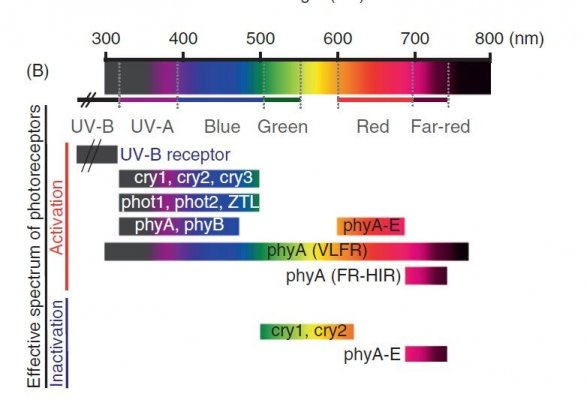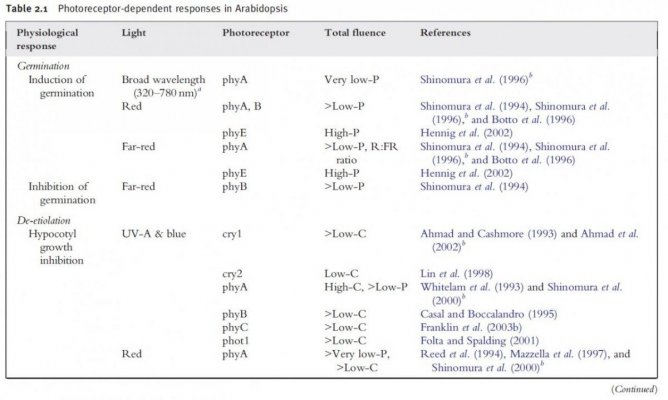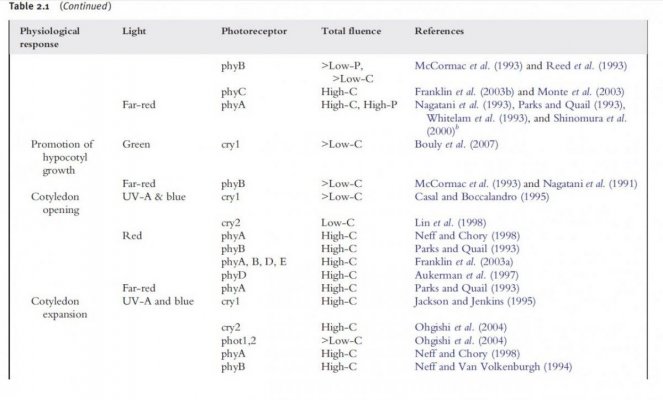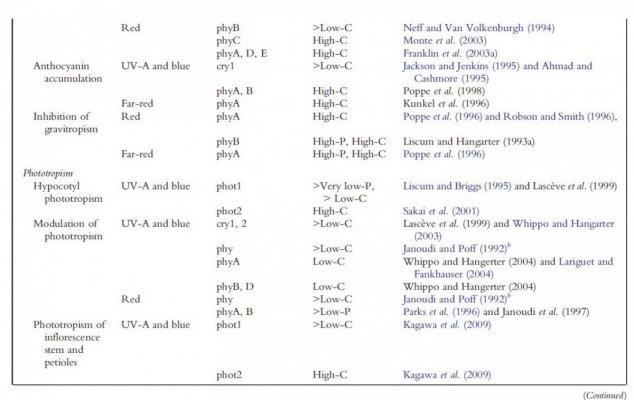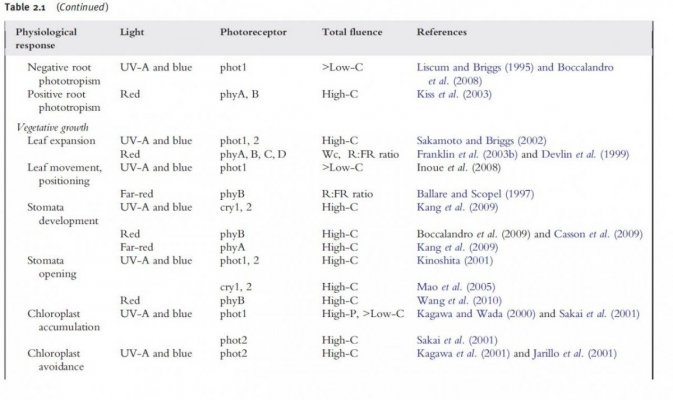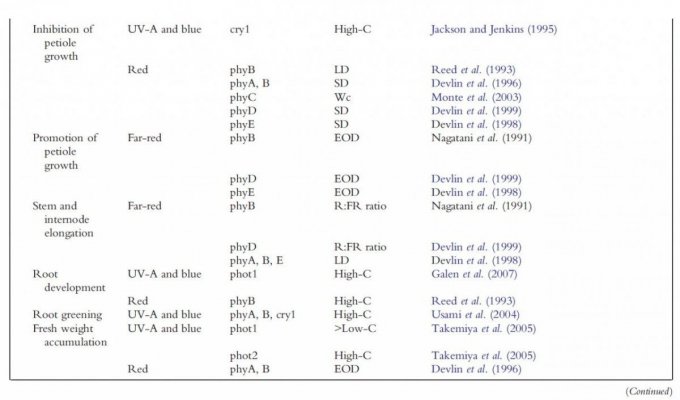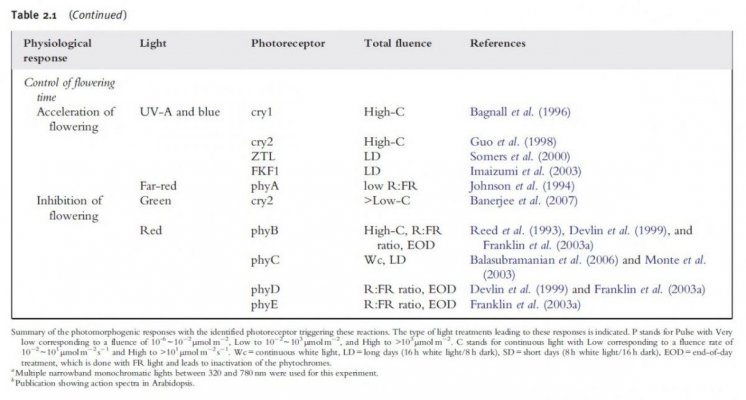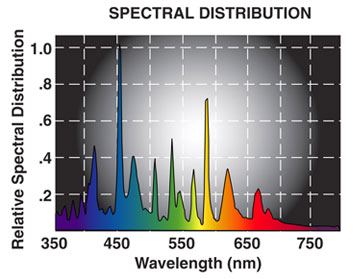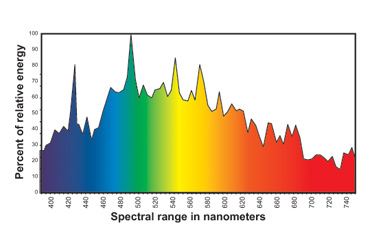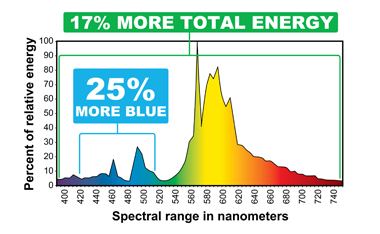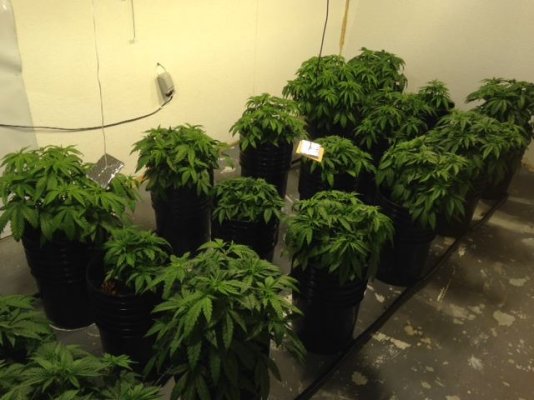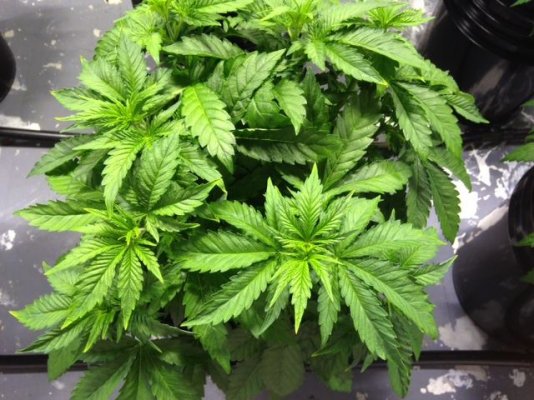People referencing University studies are missing the whole point of MH vs HPS in a Cannabis Growing scenario. The professor is correct, however
the authors assumptions and conclusions of the Professor's findings are flawed on multiple counts.
First and the biggest is assuming that these studies were conducted under a "grow room" scenario.
This study was conducted (as with many other universities) under "supplemental" lighting conditions in greenhouses. NOT Grow Rooms! This is key because the supplemental light is added as an addition to regular sunlight and then the results are measured.
In such a scenario, the sample is reciving natural sunlight for most of the day that is full of blue spectrum light and would naturally benefit most from added red wavelengths output from an HPS bulb. This unfairly disadvantages the MH lamps as the blue spectrum output by the MH is overshadowed by (already present in) natural daytime (blue) sunlight. This is why in numerous greenhouse scenarios, red early AM and late PM light is often supplemented by the HPS yellow/red spectrum bulbs.
In a grow room there is no natural sunlight. All that a grower has is the spectrum output by the bulb. In this case, the spectrum most lacking to the plant is the blue (most beneficial) spectrum as not only is it the spectrum that is most efficiently absorbed by both Chlorophyl types (A & B), but it is also the spectrum that is absorbed by additional Carotenoids. See graphic below. This is why plants grown "exclusively" under appropriate MH light are greener, healthier and stay green longer through the flowering cycle than plants grown under HPS light; as although HPS light is abundant it packs a severely narrow spectrum.
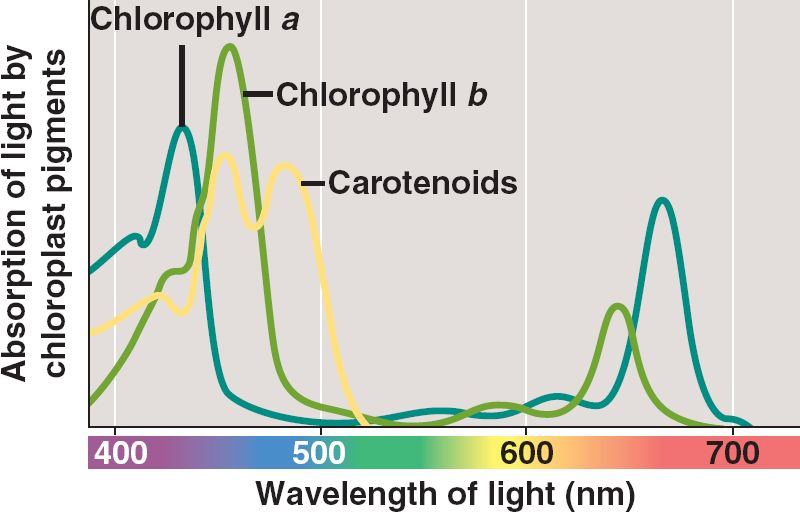
Another key variable not accounted for is the fact that HPS bulbs are for the most part very similar in their spectral output where as there are wide variations in spectrum output by modern MH and HPS to MH conversion bulbs. Ranging anywhere from 4k to 10k depending on application. These often misunderstood variables is what drives hydroponic shops to recommend HPS wishing to satisfy a results (most weight per/watt) hungry cannabis grower without having to go into details about spectral distribution and the benefits of a ballanced spectrum.
Below are spectral distribution graphs of a
Ushio HPS to MH conversion bulb and an
EyeHortilux Blue MH. Notice how the spectrum peaks match up much closer to the optimal chlorophyl absorption wavelengths on the chart above.
And here is an HPS bulb by the same company.
Another key misunderstood factor is the efficiency of the bulb. The MH bulbs put out lumen in a much better spectrum for a plant, but they also output less of them. The difference is added heat at a given wattage. A grower wishing to use MH light to supply a better spectrum to their plants would have to not only account for the difference in lumen (run more wattage say 750w MH vs 600w HPS) to make up for the lower lumen output, but also exhaust the addition heat generated by the lamps (upwards of 30% more). Most growers don't want to go that extra mile since quantity is often preferred over quality . An HPS light is therefore preferred by most growers since it's simpler to accommodate for it's lower heat output while also getting the benefit of more lumen/watt (but again not in the most ideal spectrum for the plants).
Again in a solely artificially lit environment, to receive the same lumen as an HPS light using a MH bulb, a grower would have to run more wattage and account for more heat, but the plant would benefit from receiving light in the appropriate wavelengths compared to HPS light.
This is why connoisseurs wishing to grow the plant to it's full potential and willing to accommodate the added heat grow under MH and cash croppers use HPS to get the most weight per watt. Interestingly this applies to aquarium grown coral as well.
Then you have the fact that MH light promotes branching and keeps plants compact with shorter node spacing. (provided they are reviewing the same lumen at the canopy)
One should also note, that MH is not the only full spectrum light CMH, Plasma and spectrum tuned LED, are emerging technologies that also output a more full spectrum that need to be considered.
Happy farming!

